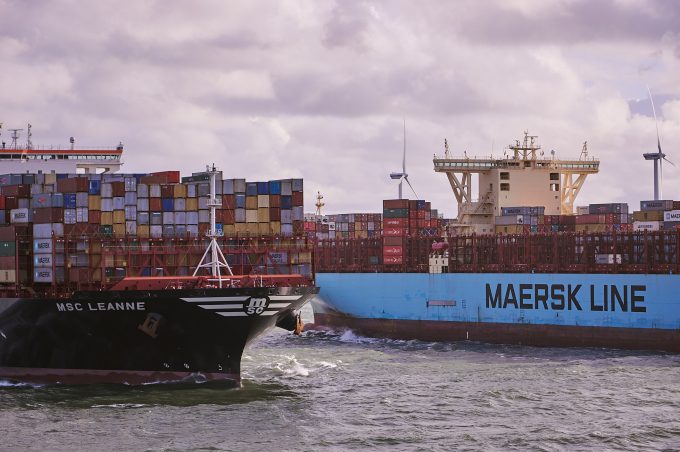OceanX Radar: Cooling down – trade wars mean no trade
… no news on deals is bad news on wheels

Based on box ship orderbooks and its aggressive purchasing in the second-hand market, MSC is set to usurp 2M partner Maersk next year to become the world’s largest container line.
According to Alphaliner data, the capacity gap between the two carriers currently stands at around 225,000 ...

Comment on this article